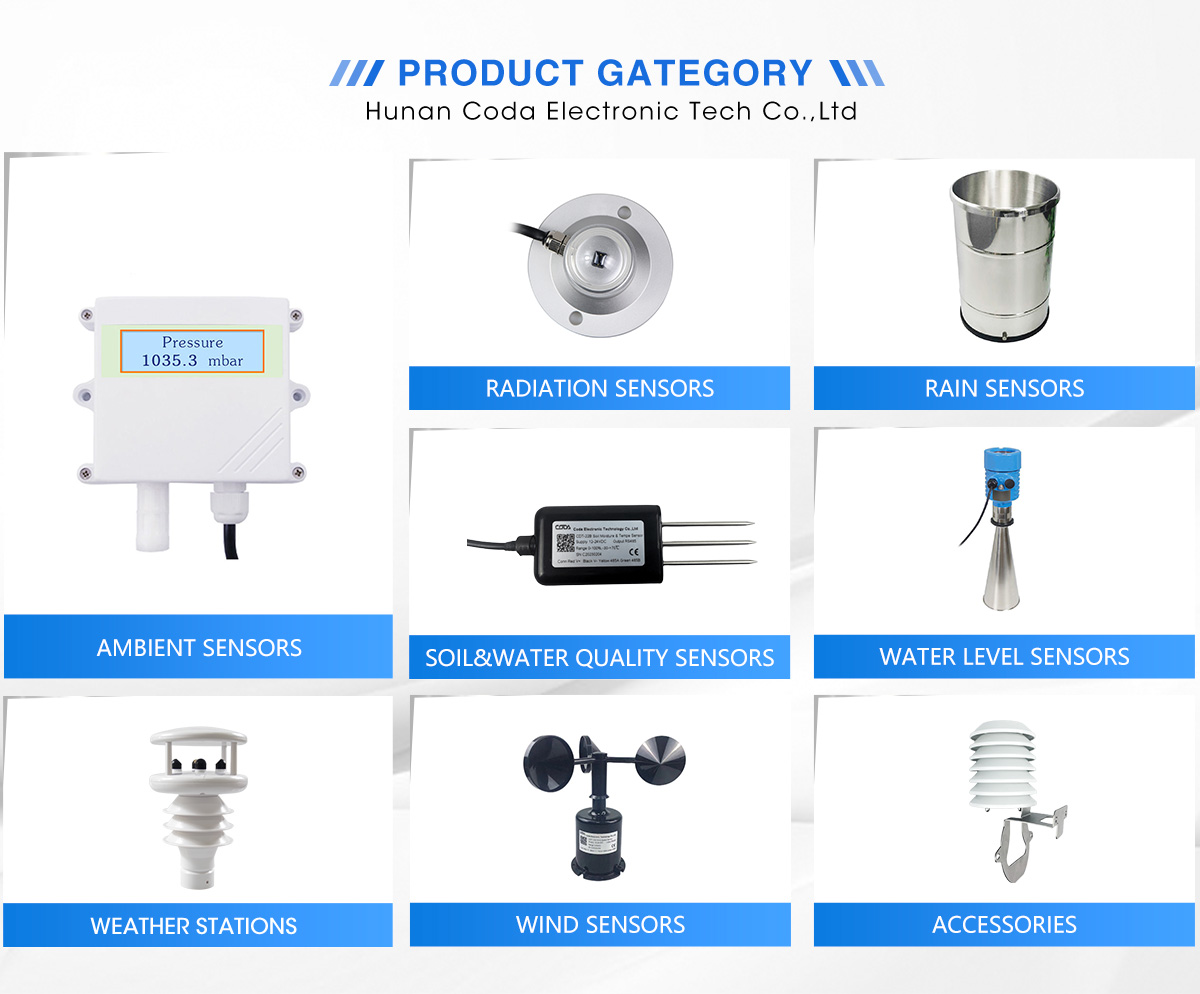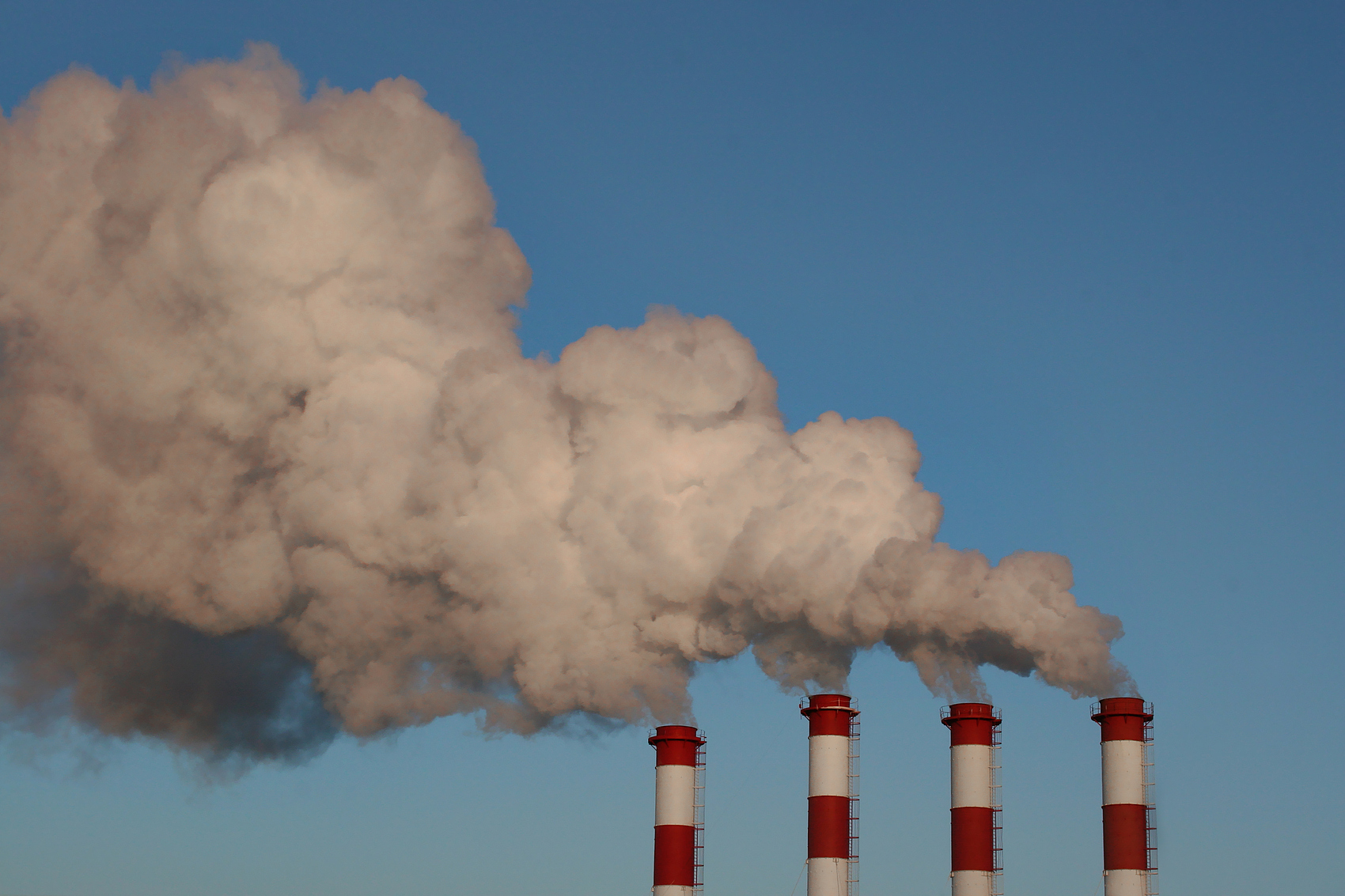As urban populations grow, cities face more environmental problems. These include flooding, heatwaves, pollution, and severe weather.To address these issues effectively, city planners and local authorities are using advanced weather sensors. These sensors are key to building strong, smart cities.
These advanced sensors provide real-time information on different weather elements. This helps cities make smart, data-driven choices. These choices improve public safety, use resources better, and enhance the quality of life for residents.
Advanced weather sensors are smart devices. They monitor and measure many environmental factors. These include temperature, humidity, wind speed, air pressure, rainfall, solar radiation, and air quality.
These sensors gather information instantaneously, which is subsequently sent to cloud platforms or centralized databases for examination. The information from these sensors helps city planners and decision-makers manage resources better. It also helps them predict risks and improve urban infrastructure.Advanced weather sensors are different from traditional weather stations. They give data for specific, local areas instead of broader ones.
They can be placed in cities—on rooftops, in parks, along streets, or in industrial areas. This gives exceptional local data that shows the special environmental conditions of each neighborhood or district. This localized data is essential for the effective management of smart cities.

Temperature and Humidity Sensors
Temperature and humidity are two critical factors in urban climate management. Temperature sensors check the heat levels in the environment.
They help cities understand urban heat island effects (UHI). UHI happens when crowded areas are much warmer than nearby rural areas. These sensors are important for city planners. They help reduce urban heat islands by adding green spaces, reflective surfaces, or energy-efficient building materials.
Humidity sensors give important information about moisture in the air. This data can affect energy use and air quality. High humidity can make us feel hotter and more uncomfortable, especially in summer.
This is why these sensors are important. They help improve air conditioning systems and boost energy efficiency in buildings.
Rainfall and Water Level Sensors
Cities with weak drainage systems are more likely to flood. This can happen due to heavy rain, melting snow, or bad city planning. Rainfall sensors (e.g., tipping bucket gauges) track precipitation levels in real-time, helping to predict and mitigate flooding risks.
Water level sensors can be installed in rivers, reservoirs, or stormwater systems to monitor water volume and flow. This real-time data helps city officials act quickly during heavy rain or in flood-prone areas. They can open or close gates, strengthen levees, or turn on emergency drainage systems.
Urban pollution is one of the biggest environmental challenges facing cities today. Air quality sensors check for pollutants. These include particulate matter (PM2.5, PM10), carbon dioxide (CO2), nitrogen dioxide (NO2), ozone (O3), and volatile organic compounds (VOCs). These sensors track air pollution in urban areas. They provide real-time data on the atmosphere's health.
By adding these sensors to city management systems, cities can send air quality alerts. They can also limit traffic in polluted areas or change industrial operations to lower emissions. Over time, air quality data can help with long-term planning for public health and sustainability. This includes making policies to reduce emissions and increase green spaces.
Wind Speed and Direction Sensors
Wind sensors measure the speed and direction of wind in specific urban areas. These sensors are useful for assessing conditions that may affect everything from air quality to transportation. Real-time data on wind speeds can improve how wind turbines work in cities. It can also give early warnings of strong winds that might disrupt traffic or construction.
These sensors can help us understand how urban wind patterns work with local buildings and infrastructure. This knowledge can lead to better designs for buildings, public spaces, and roads.
Solar radiation sensors measure the intensity of sunlight, providing important information for both environmental and energy planning. Cities can use this data to check if solar energy installations are possible. They can also track how well current systems work. Additionally, they can predict energy generation based on weather patterns.
Solar radiation data can help improve urban landscaping. It can show areas that need shading, green roofs, or reflective surfaces. These changes can reduce direct sunlight and make it more comfortable for residents.
Pressure Sensors
Barometric pressure sensors measure atmospheric pressure and are useful for tracking changing weather patterns. These sensors can help predict weather changes. They can track shifts in wind patterns, drops in temperature, or incoming storms. This allows urban planners to prepare and respond effectively.
These sensors are important for keeping buildings and infrastructure safe. They help monitor changes in pressure, especially in cities that face storms or strong winds.

Enhanced Resilience to Climate Change
Advanced weather sensors provide cities with the data needed to assess their vulnerability to climate change and weather extremes. Cities can monitor important weather conditions.
This helps them prepare for extreme events. These events include heavy rain, heat, and storms. This data helps urban planners create infrastructure that can withstand climate change. It also allows them to make policies that reduce the effects of these events.
Improved Resource Management
Data from weather sensors allows cities to manage resources more efficiently. For instance, real-time rainfall data can help optimize stormwater management systems and prevent flooding. Similarly, solar radiation data can inform decisions on solar energy production, while temperature and humidity sensors can help reduce energy consumption in public buildings.
Informed Urban Planning and Development
Understanding microclimates and localized weather patterns is essential for sustainable urban development. Advanced weather sensors help planners consider environmental factors in their decisions. This includes choosing materials for construction and finding the best spots for parks and green spaces.
Better Public Health and Safety
Monitoring air quality, temperature, humidity, and other environmental factors helps cities protect public health. With real-time data, cities can give health warnings and send out emergency teams. They can also take steps to protect vulnerable people during extreme weather, like heatwaves or pollution spikes.
Smart City Integration
Advanced weather sensors are key parts of smart city technology. They provide real-time environmental data that helps intelligent systems work.
By adding sensors to city infrastructure, urban areas can respond to weather changes automatically. This helps improve traffic flow and cut energy use. All these changes lead to a more efficient and sustainable city.
Coda Sensor is at the forefront of providing cutting-edge weather sensors for urban environments. Their integrated sensor solutions offer accurate, real-time data on temperature, humidity, air quality, rainfall, and more.
These sensors are made to fit easily into smart city systems. They help cities respond quickly and effectively to environmental challenges. Coda Sensor’s advanced technology helps cities become more sustainable. It improves public health and safety. It also builds resilience against climate change impacts.
The installation of advanced weather sensors in cities is changing how cities manage the environment. It also helps them plan for the future. By delivering immediate, localized information on various weather metrics, these sensors empower cities to enhance resource management, mitigate risks, and elevate living standards.
As cities face growing environmental problems, adding weather sensors to city planning will be key. This will help create smart, sustainable, and strong urban areas.
Learn how CODA Sensor solar radiation and PAR se
Discover how real-time weather station data impr
Discover how Automatic Weather Stations (AWS) ar
Contact: Molly
Phone: +86-17775769236
Tel: 86-0731-85117089
Email: molly@codasensor.com
Add: Building S5, Aux Square, Yuelu District, Changsha City, Hunan Province, China
We chat